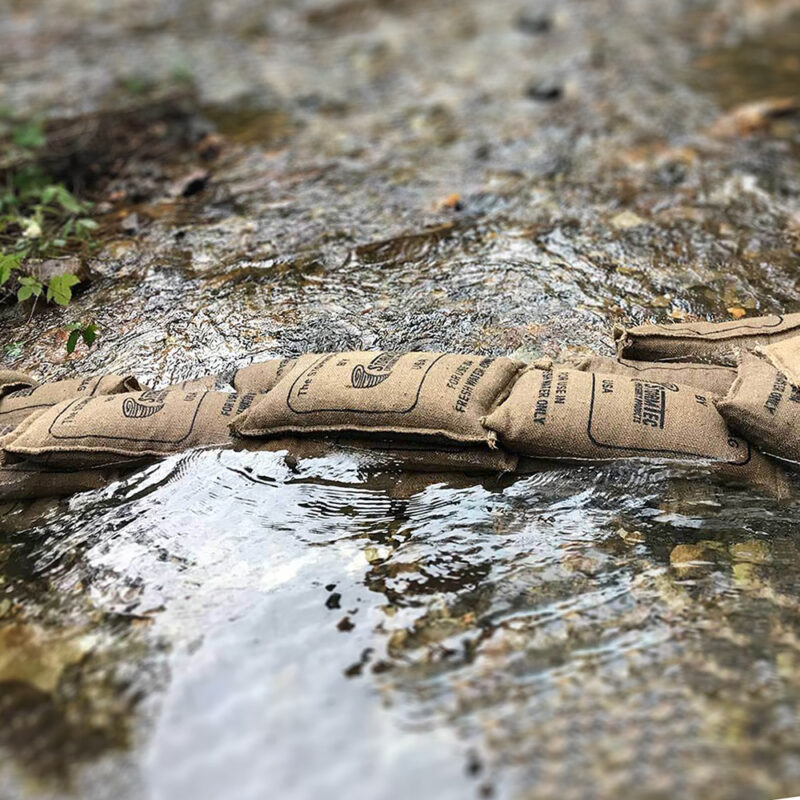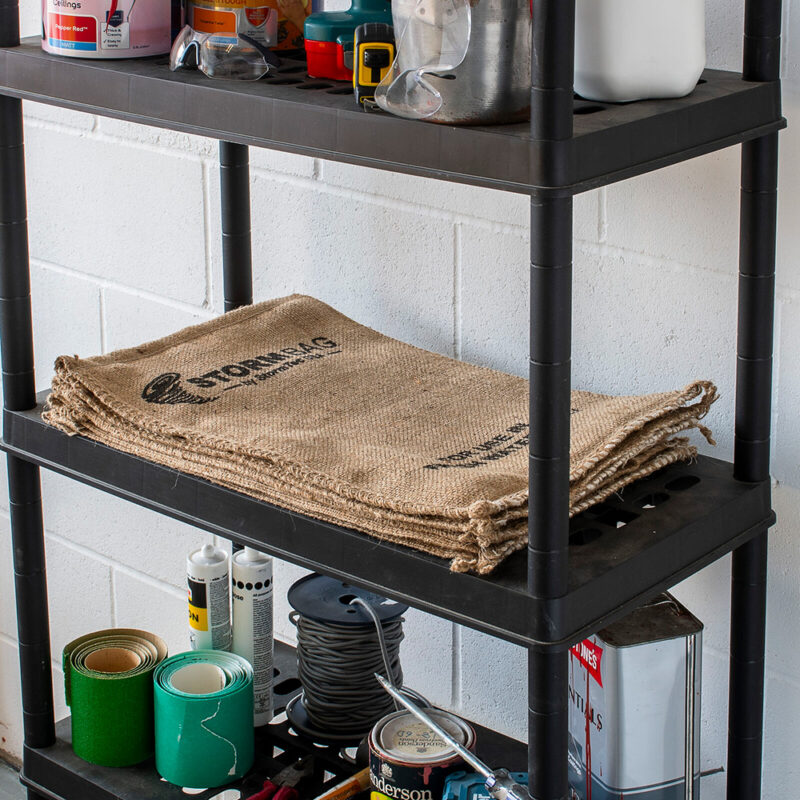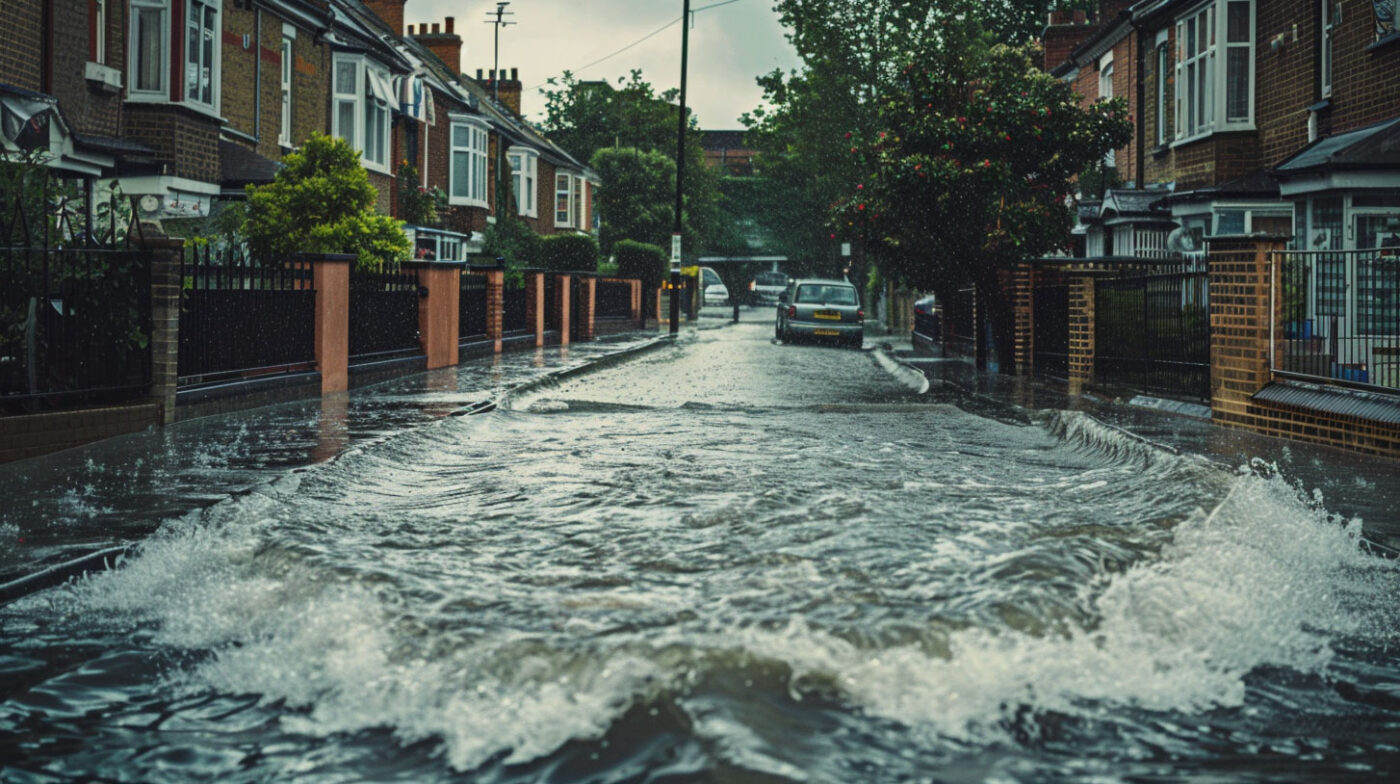Water Containers
Preparing For A Storm With Added Protection
The United Kingdom, known for its unpredictable weather, often experiences storms that can disrupt daily life. Certain areas, particularly coastal regions and parts of northern and western Britain, are more susceptible to severe weather conditions. The western coastline, including places like Cornwall, Devon, and Wales, as well as northern regions such as Scotland, frequently face the brunt of Atlantic storms. These storms can bring heavy rain, strong winds, and flooding, posing significant risks to residents and infrastructure.
The best time to prepare for storms in the UK is during the late summer and autumn months. This period, typically from August to November, is when the Atlantic hurricane season peaks, and remnants of these storms can impact the British Isles. Additionally, winter months can also bring severe weather, with December through February often seeing powerful windstorms and heavy precipitation. Preparing a storm bag with essential items such as food, water, medications, and emergency supplies is crucial to ensure safety and readiness during these periods.
10 Essential Considerations For Storm Preparation
1. Weather Monitoring
Stay informed about weather forecasts and storm warnings through reliable sources such as the Met Office. Early warnings provide critical time to prepare.
2. Evacuation Plans
- Develop and communicate an evacuation plan with your household. Know the safest routes and have a designated meeting place if evacuation becomes necessary.
3. Secure Your Home
- Inspect and reinforce your home’s structure. Secure loose outdoor items, check the roof and gutters, and install storm shutters if you live in a high-risk area.
4. Emergency Contacts
- Create a list of emergency contacts, including local emergency services, utility companies, and family members. Ensure everyone in your household has access to this list.
5. Power Supply
- Prepare for potential power outages by having backup power sources such as batteries, power banks, and a generator. Ensure all devices are fully charged before the storm hits.
6. Water and Food Supplies
- Stock up on non-perishable food items and bottled water. Aim for at least a three-day supply per person, keeping in mind any dietary needs and preferences.
7. First Aid Kit
- Maintain a well-stocked first aid kit, including bandages, antiseptics, medications, and any necessary medical supplies specific to your household’s needs.
8. Important Documents
- Keep important documents, such as identification, insurance policies, and medical records, in a waterproof container. Consider making digital copies stored securely online.
9. Storm Bag
- Prepare a storm bag with essential items that can be grabbed quickly in case of evacuation. Key items include:
- Bottled water and non-perishable snacks
- Water bottle with filter to clean dirt water
- Water containers to store water
- Flashlight and extra batteries
- Multi-tool or pocket knife
- Personal hygiene items and sanitation supplies
- Warm clothing and blankets
- Cash and credit cards
- Portable phone charger
- Important documents (or copies)
- Basic first aid supplies
- Prescription medications

10. Communication Plan
- Establish a communication plan with family and friends. Identify how you will stay in touch during and after the storm, whether through social media, messaging apps, or designated check-in times.
By taking these steps, you can better protect yourself, your loved ones, and your property when facing the unpredictable nature of storms. Preparing a well-thought-out storm bag is a crucial component of this readiness strategy, ensuring that you have essential supplies on hand in case of an emergency.
How Effective Are Storm Bags?
Storm bags are highly effective in ensuring that individuals and families are prepared for emergencies caused by severe weather. These bags, packed with essential items, provide immediate access to critical supplies during a crisis, significantly enhancing safety and comfort. In the chaotic aftermath of a storm, when power outages, flooding, or evacuations are common, having a pre-packed storm bag can make a substantial difference. It eliminates the need to scramble for necessities at the last minute, allowing people to focus on staying safe and following emergency protocols. Additionally, storm bags can offer peace of mind, knowing that vital items such as water, food, medications, and important documents are readily available.

For example, during the severe winter storm “Beast from the East” in 2018, many parts of the UK experienced heavy snowfall, strong winds, and widespread disruptions. Those who had prepared storm bags were better equipped to handle power outages and travel delays, with ready access to blankets, non-perishable food, and battery-operated radios to stay informed about weather updates. Another instance is the flooding caused by Storm Ciara in 2020, which led to significant evacuations. Families with storm bags containing essential items like waterproof clothing, first aid kits, and important documents could quickly and safely evacuate, ensuring they had the necessary supplies to sustain them until they could return home or reach a safe location. These examples highlight the importance of storm bags in providing immediate, practical support during weather emergencies.

Flood Preparedness: Essential Steps For Staying Safe
In areas prone to flooding, taking specific precautions can significantly reduce risks and ensure safety during storm-related floods. One critical step is to understand the flood risk in your area by checking flood maps and local advisories. Knowing whether you live in a high-risk flood zone allows you to take more informed actions. Additionally, it’s important to have sandbags or flood barriers ready to protect your home’s entry points, such as doors and low windows. Elevating essential utilities, like electrical panels and heating systems, can also help prevent damage and reduce the risk of fire or electrocution.
When preparing for potential flooding, integrating additional items into your storm bag can enhance your readiness. Include waterproof bags or containers to keep valuables and important documents dry. Ensure you have rubber boots, waterproof clothing, and extra blankets to stay warm and dry if you need to move through floodwaters. A battery-operated weather radio is crucial for receiving real-time updates on flood conditions and evacuation orders. By incorporating these steps and items into your storm preparation routine, you can better safeguard your home and loved ones from the dangers of flooding. Preparing comprehensively not only mitigates the impact of floods but also provides peace of mind during stormy weather.

